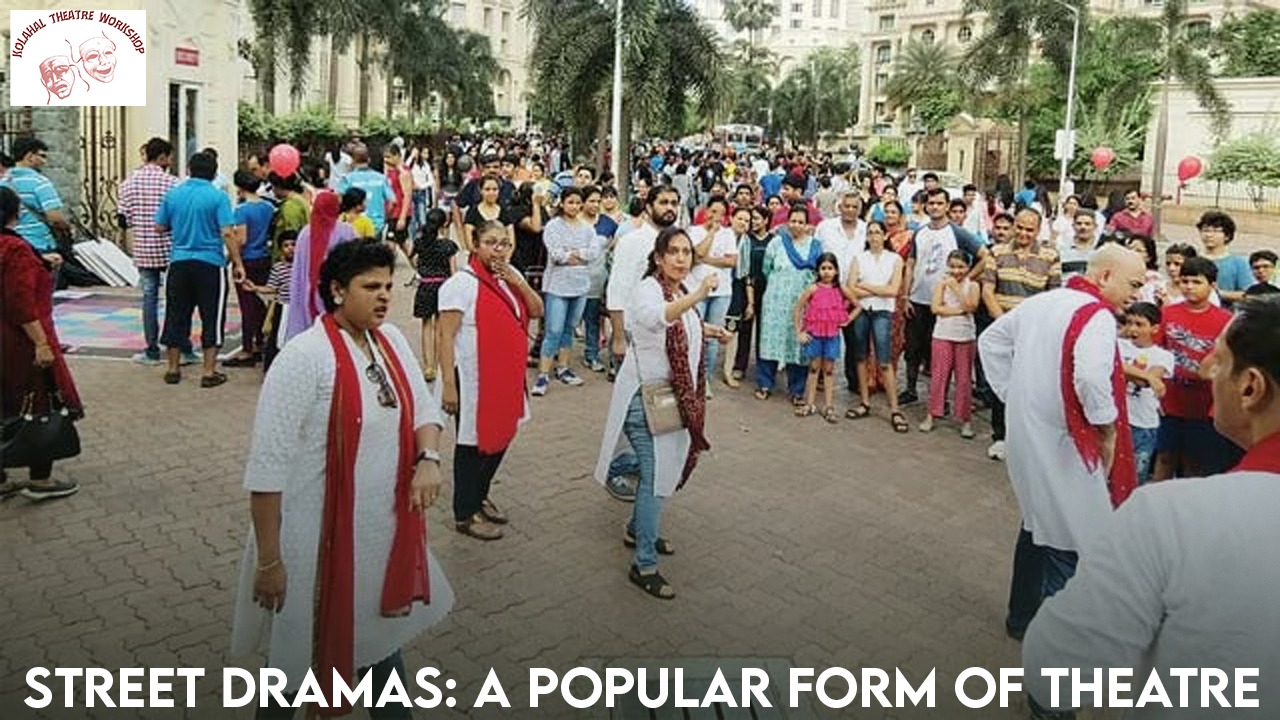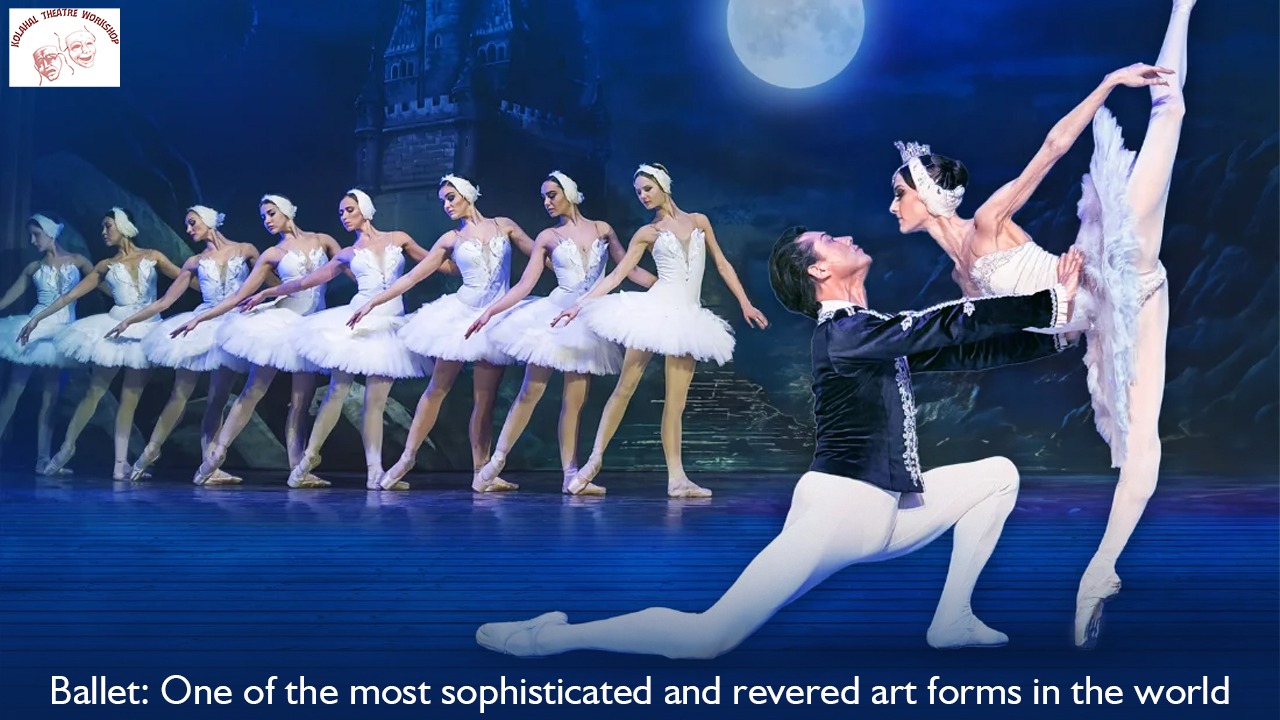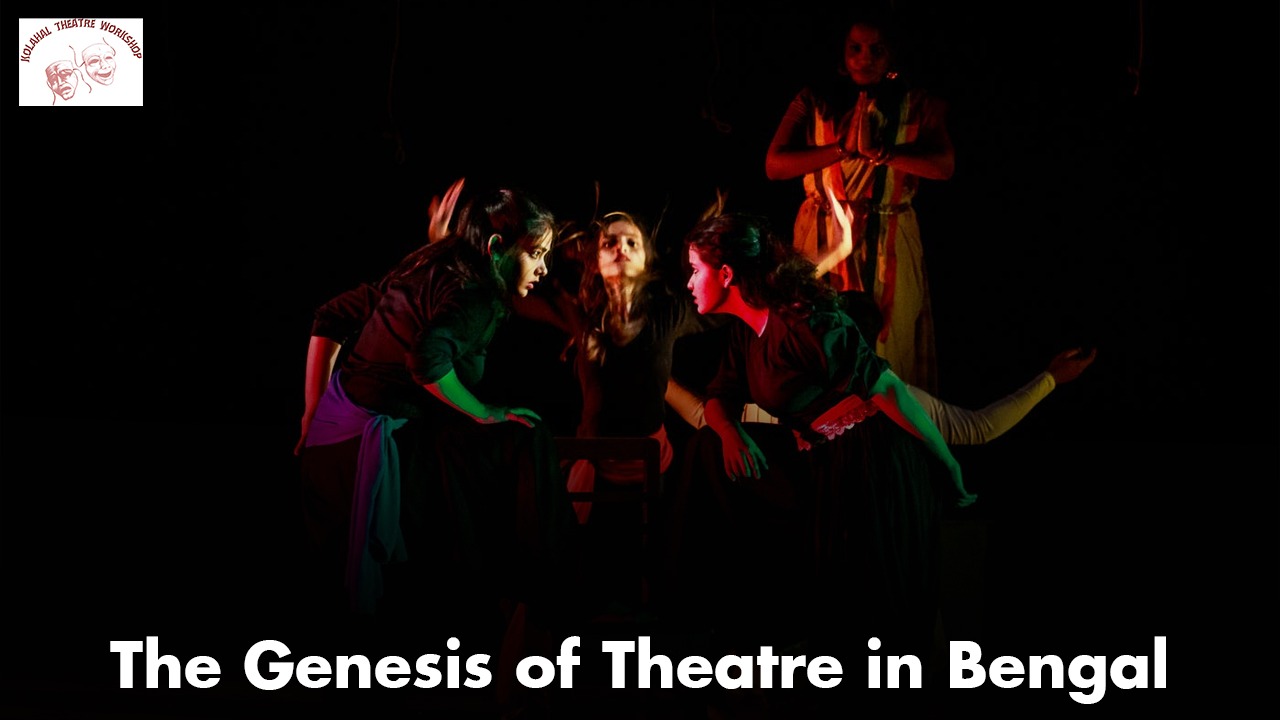Street Dramas: A Popular Form of Theatre
Introduction
Street dramas, also known as street theatre, are a vibrant and dynamic form of performance art that takes place in public spaces such as streets, parks, and marketplaces. This form of theatre is known for its accessibility, as it brings performances directly to the people, often engaging those who might not typically attend traditional theatre venues. Here, we explore the essence of street dramas, their historical significance, and their role in contemporary society.
Historical Background
Street theatre has a rich history that dates back to ancient times. In many cultures, it has served as a medium for storytelling, social commentary, and communal celebration. For instance, in ancient Greece and Rome, public performances were a staple of civic life, often staged in open forums and amphitheatres. Similarly, in medieval Europe, traveling troupes of actors performed morality plays and farces in town squares, engaging audiences with tales of virtue, vice, and human folly.
In the 20th century, street theatre became closely associated with political activism and social movements. Performers used this medium to address pressing social issues, challenge authority, and inspire change. Notable examples include the agitprop theatre of the Soviet Union, the Bread and Puppet Theatre in the United States, and the Theatre of the Oppressed, founded by Brazilian director Augusto Boal.
Characteristics of Street Dramas
Street dramas are characterized by their informal and interactive nature. Unlike conventional theatre, which is confined to a stage and requires an audience to sit passively, street theatre breaks the fourth wall, inviting spectators to become part of the performance. This interaction can take many forms, from direct audience participation to spontaneous improvisation based on crowd reactions.
Key elements of street dramas include:
- Accessibility: Performances are free and open to all, making theatre accessible to diverse audiences regardless of socioeconomic status.
- Flexibility: Street dramas are adaptable to various locations and conditions. Performers often use minimal props and rely on their physicality and vocal skills to convey the story.
- Relevance: The content of street dramas often reflects current social, political, and cultural issues, making them relevant and resonant with contemporary audiences.
- Community Engagement: These performances foster a sense of community by bringing people together in shared public spaces. They encourage dialogue and collective reflection on societal issues.
Contemporary Street Theatre
In the modern era, street theatre continues to thrive around the world, adapting to new contexts and challenges. It remains a powerful tool for activism, education, and cultural expression. Street performers address a wide range of themes, from environmental conservation and human rights to local history and community identity.
One of the key strengths of contemporary street theatre is its ability to create immediate and impactful experiences. The ephemeral nature of these performances means they can quickly respond to current events and shifting social dynamics. Moreover, the use of digital media and social networks has expanded the reach of street dramas, allowing performances to be documented, shared, and discussed beyond their physical locations.
Conclusion
Street dramas are a testament to the enduring power of theatre to engage, entertain, and provoke thought. By bringing performances into the heart of communities, street theatre democratizes the arts and fosters a deeper connection between artists and audiences. Whether as a vehicle for social change or a celebration of local culture, street dramas continue to captivate and inspire people around the world.



